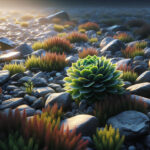Introduction to Sedum Roofs
Imagine a bustling cityscape, where concrete jungles tower and the hum of urban life is incessant. Now envision a refreshing splash of green, perched atop these architectural wonders—a serene, living tapestry woven with drought-tolerant sedum plants. Welcome to the world of sedum roofs, the verdant oases that are transforming urban skylines and influencing modern architecture.
Not only do these lush canopies offer a visual respite from the steel and glass monotony, but they also harbor significant environmental benefits. Sedum roofs, a cornerstone of green roof technology, are becoming a beacon of sustainability, showcasing how we can marry form and function to elevate the eco-friendliness of urban spaces.
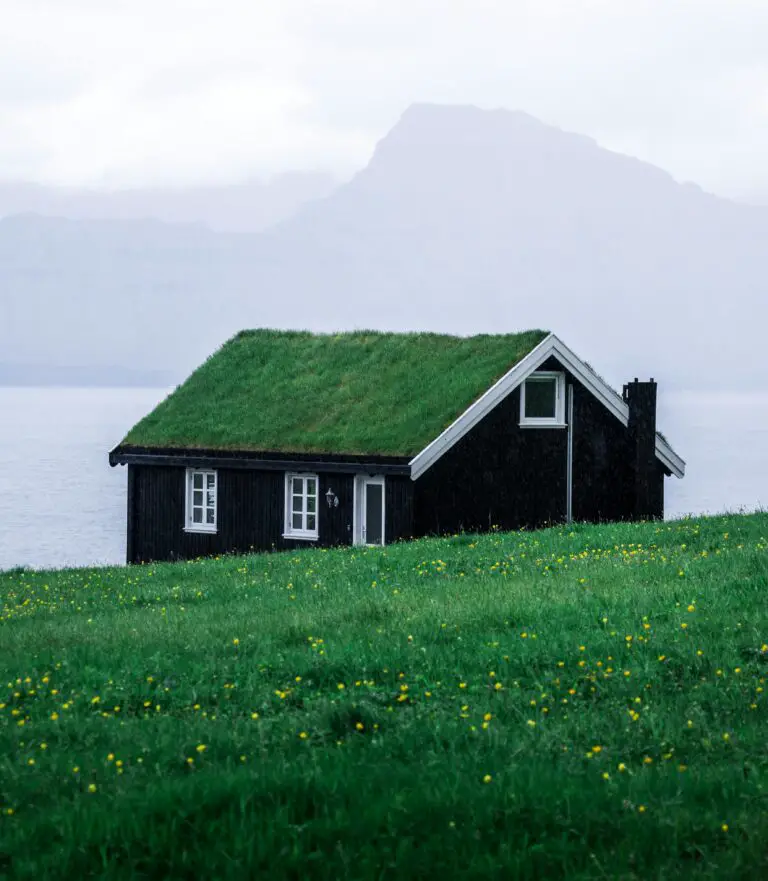
In cities where the demand for green spaces often outpaces the available land, sedum roofs appear as a clever solution. They are not just decorative enhancements. These living systems cool our buildings, cleanse our air, and manage stormwater with admirable efficiency. Real-life examples of sedum roofs flourish across the globe, from the quaint cottages of Scandinavia to the high-rises of New York City. Each root and leaf of these rooftop ecosystems contributes to a greener, more resilient architecture—and a small yet potent act of defiance against urban heat islands and carbon emissions.
Curiosity about sedum roofs is natural, and this curiosity leads us to explore the diversity of sedum varieties that are making our cities greener—one roof at a time.
Step into an analytical examination of these eco-warriors and understand why integrating a blanket of sedum is more than a trend—it’s an investment in our future, building a legacy of urban spaces that don’t just reach up to the sky, but also give back to it.
Understand the Components of a Sedum Roof
Imagine a bustling city, a concrete jungle with little to no greenery in sight. Now picture a building in the midst of that cityscape, topped with a lush, vibrant layer of plant life—a breath of fresh nature defying the grey monotony. This is the beauty of a sedum roof, an innovative and environmentally friendly addition to urban architecture. But what makes up this verdant oasis? Let’s peel back the layers—quite literally—and delve into the composition of a sedum roof.
The foundation of a sedum roof begins with a sturdy base layer, typically a high-quality, water-proof membrane to ensure the building remains dry and cozy. Next comes the root barrier, preventing the roots from delving too deep and causing structural concerns. On top of this, a drainage layer resides, an unsung hero that manages excess water, averting the risk of water logging, which could turn our picturesque green top into a swampy nightmare.
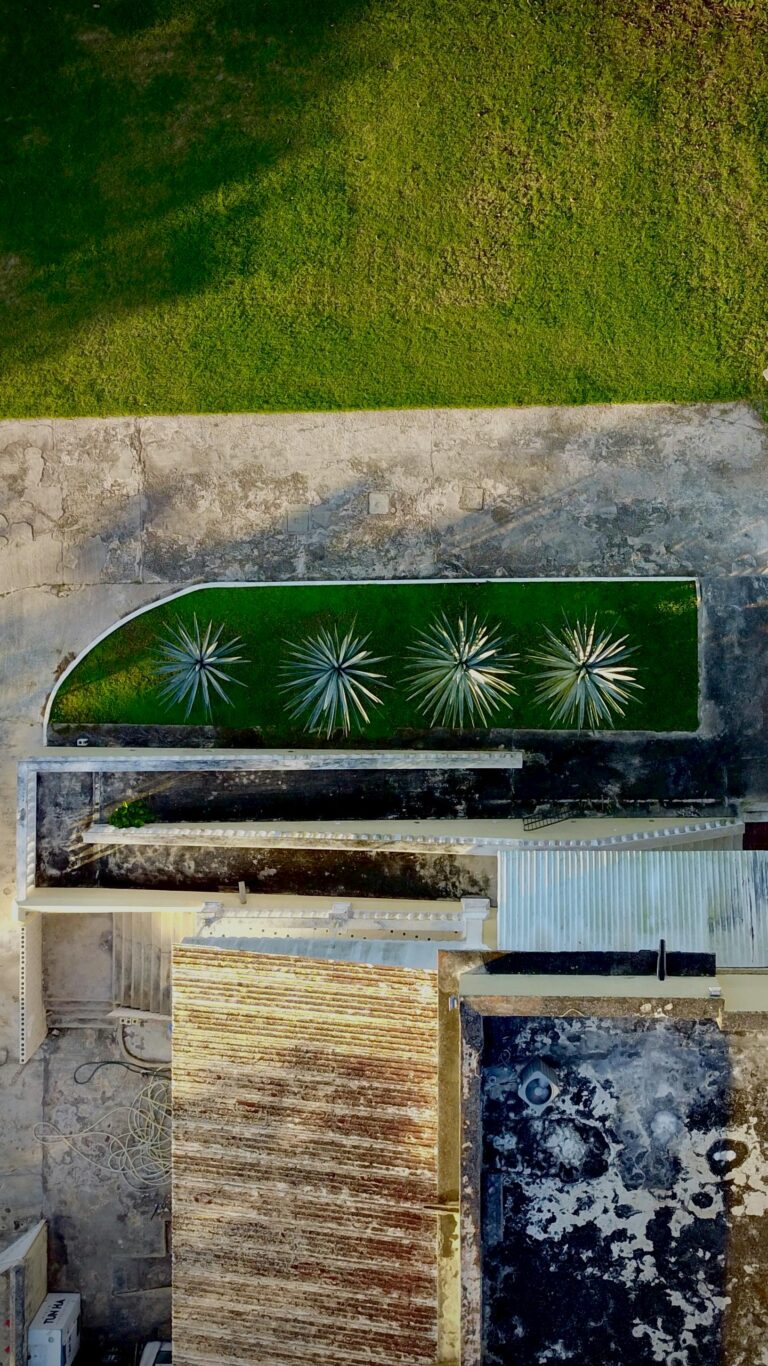
We then arrive at the filter sheet, a fine yet crucial component that prevents soil erosion while still permitting water to pass through. It’s like a bouncer at a club, letting in the good, keeping out the bad. Atop the filter, we spread a lightweight, nutrient-rich growing medium—no ordinary soil, but one specifically concocted to support sedum’s growth without overburdening the structure below.
Finally, the pièce de résistance, the sedum plants themselves. These hardy, drought-tolerant succulents form a verdant canopy that not only insulates and beautifies but also breathes life into concrete sprawls, providing a habitat for bees and butterflies. Their mat-forming characteristic keeps the roof looking neat, with minimal maintenance required—no mowing needed here, folks!
Sedum roofs aren’t just for the looks; they come packed with a plethora of benefits too—from energy efficiency to stormwater management, not to mention the promotion of biodiversity even high above street level. If you’re curious about how green spaces are revolutionizing urban living, explore more on eco-friendly garden solutions you can adopt.
So, when you’re gazing up at the skyline, keep an eye out for these elevated gardens. A sedum roof is more than just a green hat for buildings; it’s a sophisticated, layered system working in harmony to bring the serenity of nature into our fast-paced urban lives. And who knows? Perhaps the next bird you see chirping merrily away might just be visiting its own little penthouse garden in the sky.
The Ecological Benefits of a Sedum Roof
Imagine stepping into a cityscape where rooftops teem with life, rather than the conventional barren black tar. Sedum roofs are reimagining urban skylines by introducing vibrant green spaces high above the concrete jungle. But these picturesque gardens in the sky are more than just a visual treat—they’re powerhouses of ecological benefits!
At the heart of a sedum roof’s environmental advantages is its ability to bolster biodiversity. These rooftop oases offer a sanctuary for a multitude of organisms—including bees, butterflies, and birds—creating an aerial eden that fosters a rich tapestry of life. It’s a stark transformation from the barren roofscapes that typically grace our buildings, and the impact is profound. By acting as stepping stones for wildlife in urban areas, sedum roofs are pivotal chapters in the narrative of ecological restoration in city centers.
Energy efficiency is yet another feather in the cap of sedum roofs. These green layers act like insulation wizards, regulating building temperatures with enviable efficiency. In the heat of summer, they absorb the sun’s rays, keeping the buildings beneath pleasantly cool. Conversely, during the cold snaps, they trap the warmth, acting as a cozy blanket that reduces the need for artificial heating. The result? A delightful decrease in energy consumption and costs, making both Mother Nature and building owners smile.
When storm clouds gather, sedum roofs spring into action, showcasing their stormwater management prowess. With an innate capacity to absorb rainwater, these green roofs reduce the strain on our overtaxed urban drainage systems. They delay and decrease runoff, which diminishes the risk of flooding—a notable concern in increasingly impervious city landscapes. Moreover, the water that does percolate through is purified by the plants, which capture pollutants before the water rejoins the water cycle—a natural filtration system that’s as effective as it is graceful.
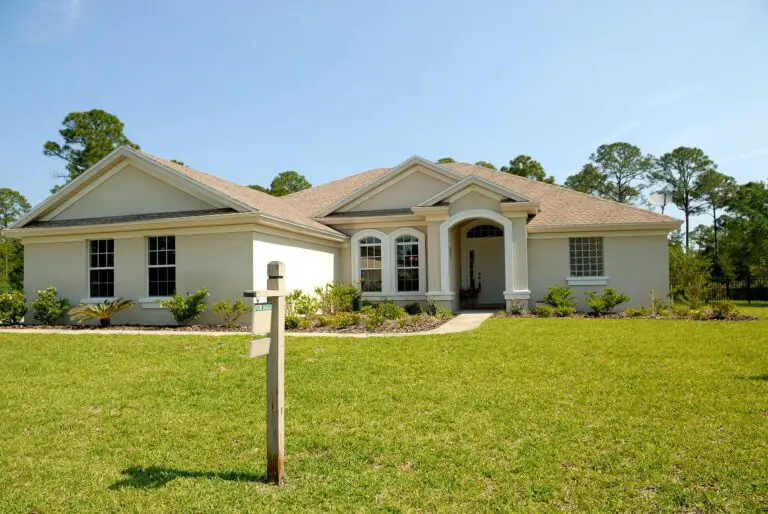
Incorporating these ecological fortresses into urban design is more than mere aesthetics; it’s a testament to the heights sustainable architecture can reach. Sedum roofs are a critical component in green building initiatives, reshaping our understanding of urban ecosystems. By summoning nature to our doorsteps, or rather our rooftops, we invite a world of environmental benefits that ripple out beyond the confines of our buildings, enriching the urban landscape for all its inhabitants.
Installation Processes for Sedum Roofs
If you’re looking to transform your plain rooftop into a lush, verdant sanctuary, then a sedum roof might just be what you’re aiming for. Let’s stride through the green path of installing a sedum roof that not only perks up your urban dwelling but also cradles the environment in its nature-friendly embrace.
Preparing the Site with Precision
Our first footprint on this earthy journey begins with meticulous site preparation. Picture a rooftop space that’s soon to be a thriving ecosystem; this needs more than just soil and seeds. It starts with a waterproof membrane to shield your building from the elements. Then, let’s lay down a protective root barrier because, as much as we love our green buddies, their roots need boundaries. Next up, a drainage layer—because nobody fancies a rooftop pond, unless that’s what you’re going for. Add on a filter fabric to keep the soil from whooshing away with the rain, and we’ve laid the groundwork for what’s to come.
Selecting Plants that Thrive
Moving on to the exciting part—selecting the sedum. Imagine a palette of hardy, drought-resistant sedums that’ll bloom into a kaleidoscope of colors. These little green troopers are not just a pretty sight; they’re sustainability warriors, braving urban heat islands and locking in carbon footprints all year round. When choosing your sedum, think variety, and think local. A mix of species ensures year-round foliage and those local genotypes are already acclimated to your weather whims, making your green roof a local celebrity.
Illustrating an Installation
Let’s visualize a real-life project: A bustling cafe in the city center decides to go green up top. They roll out vibrant sedum blankets over their prepared rooftop surface, like a painter adding the final swaths of color to their masterpiece. From the street, you’d now see a buzzing oasis amidst the concrete, where once only the drab greys of building materials were seen. The cafe’s rooftop becomes a sanctuary for urban wildlife and a serene nook for patrons yearning for a brush with nature.
Now, let’s watch a practical guide on how to bring this picture to life. This video will walk you through the process of creating your own green roof paradise.
Remember, installing a sedum roof isn’t just about beautification. It’s about transformation—of spaces, structures, and the urban ecosystem. With these steps, you’re not just putting plants atop a building; you’re cultivating a living, breathing space that can inspire, rejuvenate, and contribute to a greener future. Let the installation of a sedum roof be your statement, a declaration that your building and our cities can wear green crowns with pride.
Maintenance and Care for Your Sedum Roof
The urban canopy of sedum roofs has become a common sight in many buildings across the cityscape, merging functionality with eco-conscious design. But what does it take to maintain this verdant layer atop our urban dwellings? Just like any garden, a sedum roof requires attention and care to thrive.
Imagine sipping your morning coffee while gazing over a rooftop teeming with life, buzzing with pollinators, and yielding a year-round tapestry of foliage colors. It’s not just a pretty sight; a well-maintained sedum roof can significantly enhance your building’s insulation and stormwater management. However, neglect it, and you’re looking at potential harm to not only your green space but also the roof beneath. Let’s avoid that, shall we?

First off, dispel the myth that a sedum roof is maintenance-free. It may be low-maintenance, but it’s not a set-and-forget feature of your architecture. Regular inspections are the first step. Spring is an optimum time to clear away any debris accumulated over the winter—look for leaves, twigs, or the occasional Frisbee that went off course during that rooftop barbecue.
Watering is next on the checklist. Sedum roofs are generally drought-tolerant, thanks to the succulent nature of sedum plants. But during extended dry spells, especially in their first establishing years, your green roof will need watering. Think of it as a cactus in need of a drink: infrequent but thorough soaking will keep it at its best.
Fertilization is another aspect, though one to be approached with care. A sedum roof benefits from the occasional nutrient boost, but over-fertilization can lead to lush growth that’s both unwieldy and potentially damaging to the structure of the roof. A slow-release organic fertilizer applied in early spring is akin to giving your roof a healthy breakfast—just enough to wake it up after winter’s slumber.
Weeding is perhaps less exciting but equally important. While sedum is quite competitive, opportunistic weeds can establish roots if left unchecked. A routine weeding session will not only provide therapeutic value but also ensure your sedum roof remains the dominant greenery.
Lastly, pests and diseases are not overly common, but vigilance is required. Keep an especially close eye out for telltale signs, such as discolored leaves or thinning patches. Early intervention can prevent small issues from becoming green roof crises.
By incorporating these maintenance practices into your routine, your sedum roof will be more than just an urban oasis; it’ll be a testament to sustainability and good stewardship. So, roll up your sleeves and give your rooftop the care it warrants—your building, and the environment, will thank you.
Success Stories: Case Studies of Sedum Roofs
In the world of urban architecture, sedum roofs are transforming concrete jungles into lush, green sanctuaries. If you’re wondering how these living roofs are faring in real life, let’s dive into some inspiring examples that show the true potential of sedum roofs.
The Highline: New York City’s Elevated Park
Once an old rail line, now a vibrant aerial greenway, The Highline in New York City demonstrates the power of sedum roofs to redefine urban spaces. Adorned with a variety of sedum species, this elevated park beautifully showcases how a once neglected space can become a treasured urban oasis, teeming with life and color.
Chicago City Hall: An Urban Cooling Solution
Chicago’s City Hall boasts a sedum roof project that is not just aesthetically pleasing but also eco-conscious. This green roof mitigates the urban heat island effect, showing that sedum roofs can be both a visual treat and a practical answer to some of the most pressing environmental urban challenges.
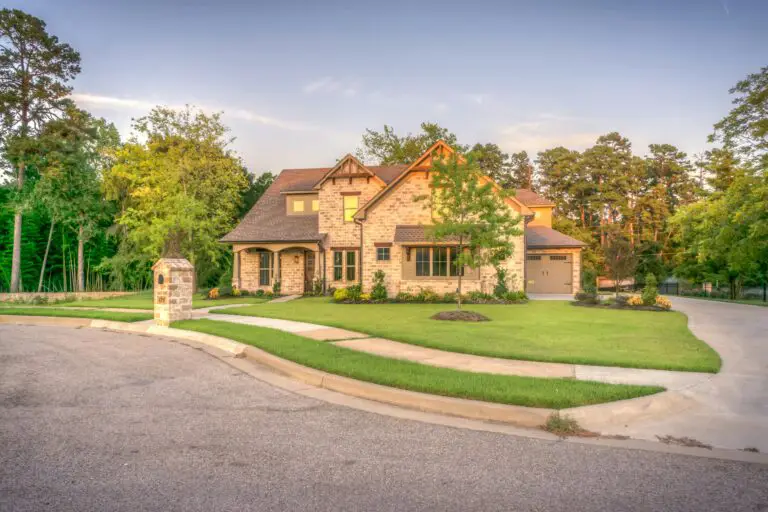
Each of these case studies underscores the beauty and functional prowess of sedum roofs. They’re not just about aesthetics; they’re life-affirming symbols of sustainability and innovation that have a measurable impact on urban environments. As cities continue to expand, the role of sedum roofs in urban architecture is proving to be not just beneficial, but essential.
Potential Challenges and Solutions
Embarking on the journey to retrofit urban landscapes with sedum roofs poses an exhilarating challenge to architects and engineers alike. Yet, this green endeavor isn’t without its obstacles. Distilling solutions from the experiences of pioneering projects, let’s navigate the intricacies of integrating these living systems into our concrete jungles.
One cornerstone issue is the relentless variability of climate. Sedum roofs are known for their hardiness, but extreme weather conditions can still test their resilience. In sweltering heat, for instance, the reflective capacities of these green roofs are lauded, as they mitigate the urban heat island effect. However, they can suffer setbacks during protracted heatwaves. Solution? A dual approach of selecting heat-tolerant sedum varieties and installing efficient irrigation systems to deliver vital hydration during peak temperatures.
Climatic Adaptability
Where winters are harsh, the choice of sedum type is essential for survival—cold-hardy species that can slumber beneath snow and awaken in spring are critical. Furthermore, structuring seasonal maintenance plans ensures sedum roofs remain robust year-round, and employing innovative technologies like heated substrates can give them the extra support they need during frosty months.
Structural Integrity
Moving to the urban fabric, the structural integrity of buildings must be unequivocally assessed; not all are ready to bear the additional weight of a living roof. An analytical eye and engineering proficiency guide the necessary reinforcements, ensuring that buildings don’t just support the weight but thrive under it. Case in point, a rejuvenated industrial complex in Brooklyn now boasts a verdant rooftop, thanks to meticulous architectural fortification that transformed it from a dilapidated relic into a sustainable showpiece.
Marrying form and function, maintenance access is a practical puzzle. With intelligent design, such as integrating walkways or using lightweight materials, buildings can facilitate care for their crowning green layers without aesthetic compromise. For example, a terrace in Chicago seamlessly integrates pavers that lead maintenance crews through a diverse tapestry of native sedums, illustrating that utility and beauty can coexist.
Believe it or not, even gravity itself can pose a challenge. Steeper slopes risk soil erosion and plant displacement. Yet, through the strategic use of retention grids and the careful calibration of substrate composition, these gravitational woes become non-issues, as evidenced by the sloped sedum roofs adorning Scandinavian eco-homes.
Solutions are plentiful when creativity and science intersect. Each challenge faced with sedum roofs is not a deterrent but an opportunity to innovate, ensuring that our urban landscapes are not just habitable, but endurable and beautiful expanses of green. The image below captures one such successful integration of a sedum roof, highlighting the intersection of design and practicality.

From climate adaptation to reinforcing old buildings and reimagining maintenance, the journey of sedum roofs is marked with obstacles but is equally laden with triumphant solutions. With each project, we write a new chapter in the story of sustainable urban living, where both people and nature can flourish in harmony.
Enhancing Building Aesthetics with Sedum
The integration of sedum roofs into urban architecture is not just a nod to sustainable practices but also a significant contributor to the visual allure of buildings. As cities clamor for green spaces, these living roofs offer a picturesque semblance of nature perched atop our concrete existence. Let’s take a stroll through the verdant charm that sedum roofs bestow upon our urban landscapes.
Imagine walking down a bustling street, the sun casting its glow on the glass facades of towering skyscrapers. Amidst this modern grandeur, you glimpse a burst of greenery from above – a sedum roof breaking the monotony with its lush tapestry of drought-resistant succulents. This eye-catching feature seamlessly blends with various architectural styles, from the rustic brickwork of historic renovations to the sleek lines of contemporary designs.
Take, for example, the rejuvenated industrial building in the heart of the city, where a sedum roof transforms the once stark and utilitarian structure into an emblem of urban renewal and biophilic design. Or consider the suburban residential complex, where the terraced sedum roofs offer residents a visual escape to a green wonderland, softening the edges of a typically hard-surfaced environment.
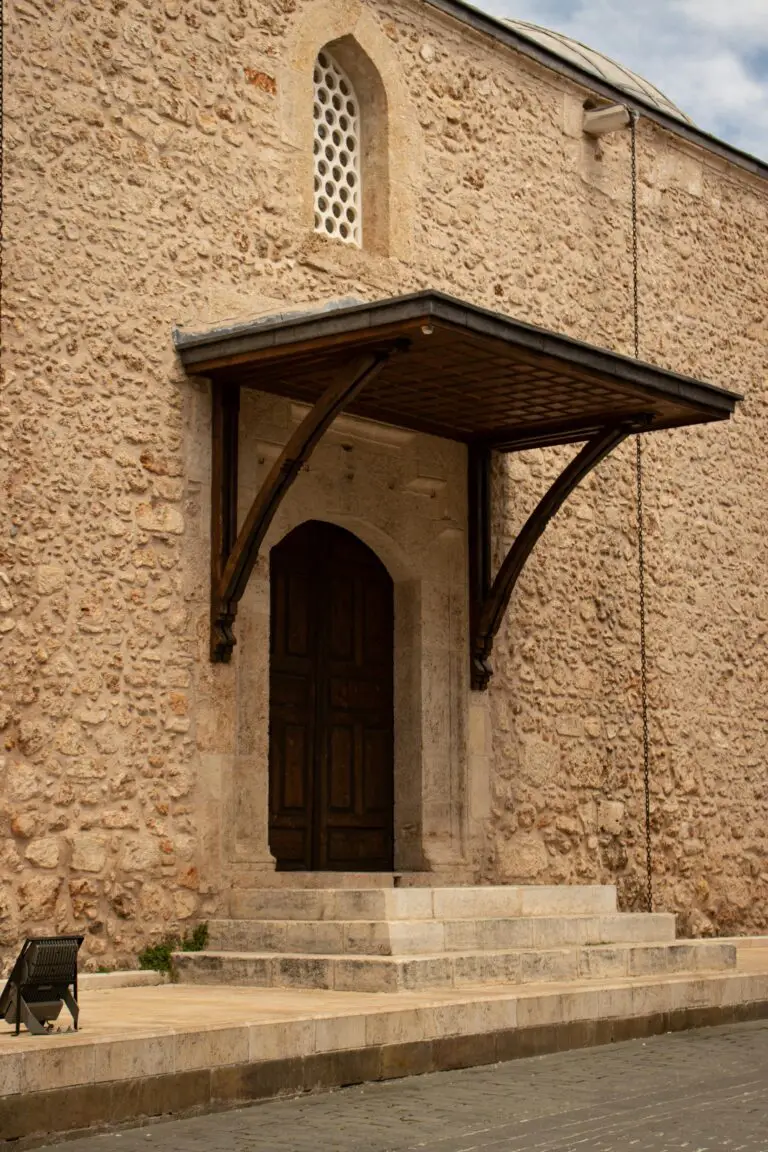
These examples demonstrate the power of sedum roofs to elevate the sensory experience of architecture. The foliage adds texture and depth, making each season a dynamic display as the sedums change colors, bloom, and attract a symphony of pollinators. It’s a marriage of function and beauty, where the sedum-covered rooftops not only insulate and manage stormwater but also delight onlookers and complement the architectural narrative of the buildings beneath.
In a world where concrete jungles reign, sedum roofs are the crowning jewels that provide an oasis for the eyes and the spirit. They anchor our skylines with living, breathing art, proving that green space and urban space can thrive together, hand in leafy hand. As we walk the pavement below, we can’t help but look up – sedum roofs beckon us to appreciate the elevated aesthetic they grace our buildings with.
Cost-Benefit Analysis of a Sedum Roof
When it comes to investing in urban green spaces, sedum roofs present an intriguing juxtaposition of upfront costs and the promise of long-term economic and environmental payoffs. Let’s peel back the layers of expenditure and unearth the treasures that a sedum roof hides underneath its verdant canopy.
Green on Green: The Financial Outlay
The initial investment for installing a sedum roof can evoke a mild case of sticker shock for the uninitiated. From purchasing the right kind of sediments and succulents to factoring in the extra structural support your building might need, the numbers start to stack up. But don’t let that initial number cloud your judgment!
Long-term Savings: A Roof That Pays Back
Consider this – a sedum roof acts like a snug blanket, regulating your building’s temperature through scorching summers and bitter winters. By enhancing insulation, it reduces the reliance on air conditioning and heating systems, trimming down your utility bills. Over the years, those savings can offset the upfront installation cost, sometimes many times over. Moreover, a sedum roof can double or even triple the lifespan of a conventional roof by shielding it from the elements. Now that’s an investment that grows in value, quite literally!
Elevating Property Value With Ecosystem Services
Apart from monetary savings, sedum roofs also add value in less tangible, yet crucial ways. They offer a mini-ecosystem that supports local wildlife, improves air quality, and mitigates stormwater runoff. This environmental stewardship can elevate the profile of your property, making it more attractive to eco-conscious buyers or renters. In essence, a sedum roof not only saves you money, but it can also make your building a beacon of sustainability in a concrete jungle.
In the real estate market, homes and commercial buildings sporting sedum roofs have been seen as avant-garde, often commanding a higher market price. Imagine the pride of advertising your space not just as a place to live or work but as a contributor to the city’s green infrastructure.
Inspired to learn more? This video delves into the art of designing a green roof, capturing the essence of what makes a sedum roof such a smart choice for urban architecture. Watch ‘How to Design a Green Roof’ and get a glimpse into the world where function meets flora.
The Future of Sedum Roofs in Urban Development
Imagine a bustling cityscape, where concrete jungles and glass skyscrapers are softened by a verdant cascade of green roofs. This is the captivating picture that sedum roofs are painting in urban spaces around the globe. Sedum roofs, or ‘living roofs’, are not just a trendy aesthetic addition; they are a growing testament to the commitment of metropolises to a sustainable and eco-friendly future.
As we step into an era where environmental concerns are at the forefront of architectural innovation, sedum roofs are becoming an integral element in the blueprint of eco-conscious urban planning. Cities like Toronto and Chicago are already on the bandwagon, with municipal policies encouraging the inclusion of green roofs in new developments. In these concrete canyons, sedum roofs bring a splash of nature, offering a refuge for local biodiversity amidst the asphalt and steel.
The magic of sedum roofs lies in their simplicity and their multifaceted benefits. These hardy plants require minimal maintenance, making them an accessible option for greening urban roofs. But the impact is significant – they help in insulating buildings, reducing the urban heat island effect, managing stormwater, and even improving air quality. By taming the temper of urban heatwaves and dressing buildings in their cool green garb, sedum roofs are natural combatants against climate change.

But the story doesn’t end with just environmental perks. Sedum roofs are also being recognized for their social and psychological benefits. In cities bursting at the seams, these green roofs provide residents with much-needed green spaces for recreation and relaxation. Hospitals are also catching on, with research showing that views of greenery can accelerate patient recovery. It’s not just a roof; it’s a reviver of spirits, a connection back to nature in the heart of the urban gridlock.
As we gaze into the future, the trajectory for sedum roofs seems to rise as steeply as the skyscrapers they adorn. With innovative irrigation technologies and the growing interest in urban agriculture, the potential for these living roofs is blossoming. No longer just a pretty topping, sedum roofs could become the hubs of urban community gardens or even contribute to local food production.
The surge of sedum roofs is more than a trend; it’s an evolution in our relationship with urban environments. As architects, urban planners, and citizens collaborate, our rooftops could transform into thriving ecosystems that redefine the city skyline. Sedum roofs are no longer just a concept but a concrete step towards greener, more livable cities. And in a world aiming for sustainability, that’s a future worth rooting for.
Frequently Asked Questions
When it comes to enhancing urban architecture with a touch of greenery, sedum roofs have been sprouting up everywhere – from chic downtown bistro patios to the eco-savvy rooftops of corporate buildings. Let’s dig into some of the most common questions you might have about these living roofs!
What exactly is a sedum roof?
Picture this: a rooftop oasis brimming with lush, hearty plants that not only look gorgeous but also battle against urban heat islands. That’s your sedum roof—a sustainable roofing solution where a variety of sedum species form a low-maintenance vegetative layer. Sedums are drought-resistant succulents that love soaking up the sun, making them perfect candidates for greening up high places.
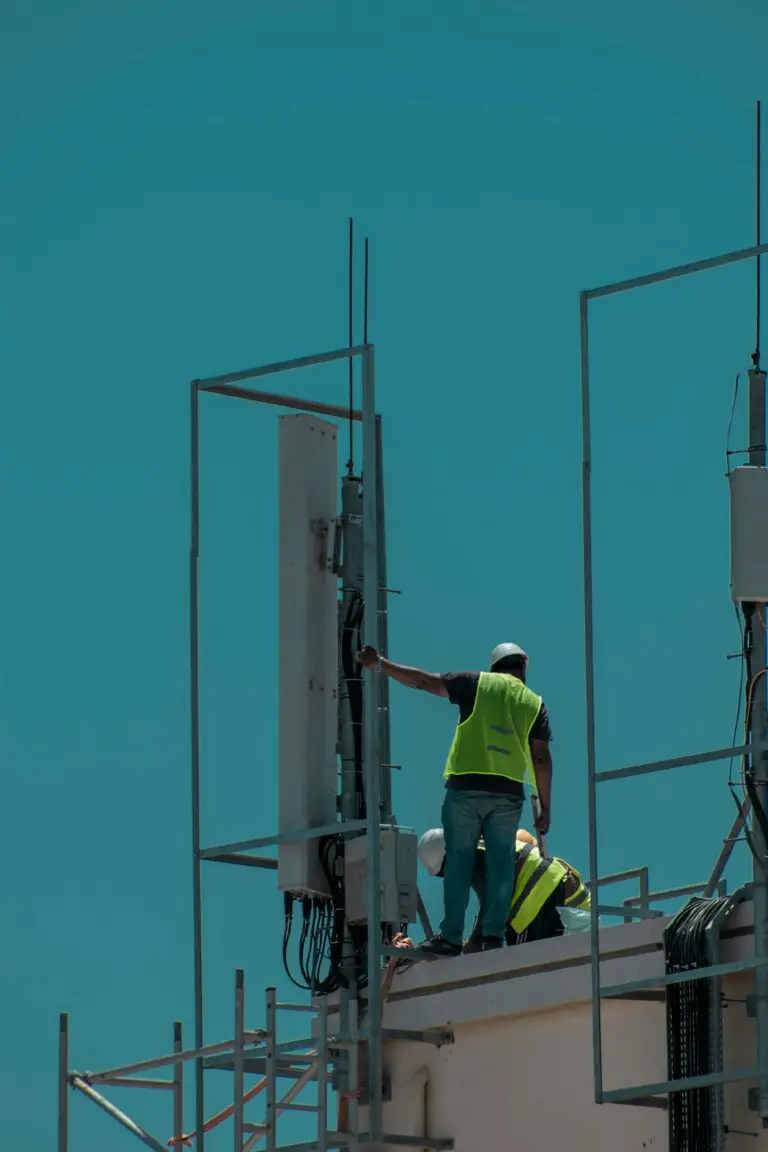
How does a sedum roof benefit my building and the environment?
Installing a sedum roof isn’t just an aesthetic upgrade; it’s a smart environmental choice. By absorbing rainwater, these green roofs reduce the load on stormwater systems and filter pollutants right out of the rain. They’re like mini-ecosystems, cutting down the heat absorbed by buildings and contributing to cooler urban air. And let’s not forget the bees and butterflies that’ll be buzzing with joy around this new habitat!
Can a sedum roof withstand extreme weather?
They’re not just pretty faces—sedum roofs are tough! These resilient plants can shrug off harsh sun, biting cold, and even neglect. In areas where the weather throws a tantrum now and then, sedums stand their ground, making them a durable choice for roof greening projects around the globe.
Is maintenance a headache?
Think of a sedum roof as the laid-back friend who doesn’t ask for much. Unlike traditional gardens that demand constant attention, sedum roofs are low-maintenance. They might need an occasional weeding or checkup, but for the most part, they’re happy to do their thing without a fuss, saving time and money in the long run.
Will it make my roof heavy?
Believe it or not, sedum roofs are surprisingly lightweight! With shallow root systems and the ability to thrive in just a few inches of soil, these green roofs don’t weigh down structures like other roof gardens might. It’s a win-win: you get the benefits of greenery without compromising the integrity of your building.
Are there any creative examples of sedum roof installations?
Absolutely! Imagine urban bus shelters sprouting sedum roofs, providing commuters with a dash of green under their feet. Or how about historic buildings preserving their charm while joining the green revolution with a soft, green crown? From high-rise apartment terraces to local libraries, sedum roofs are turning heads and sparking conversations in cities across the world!



